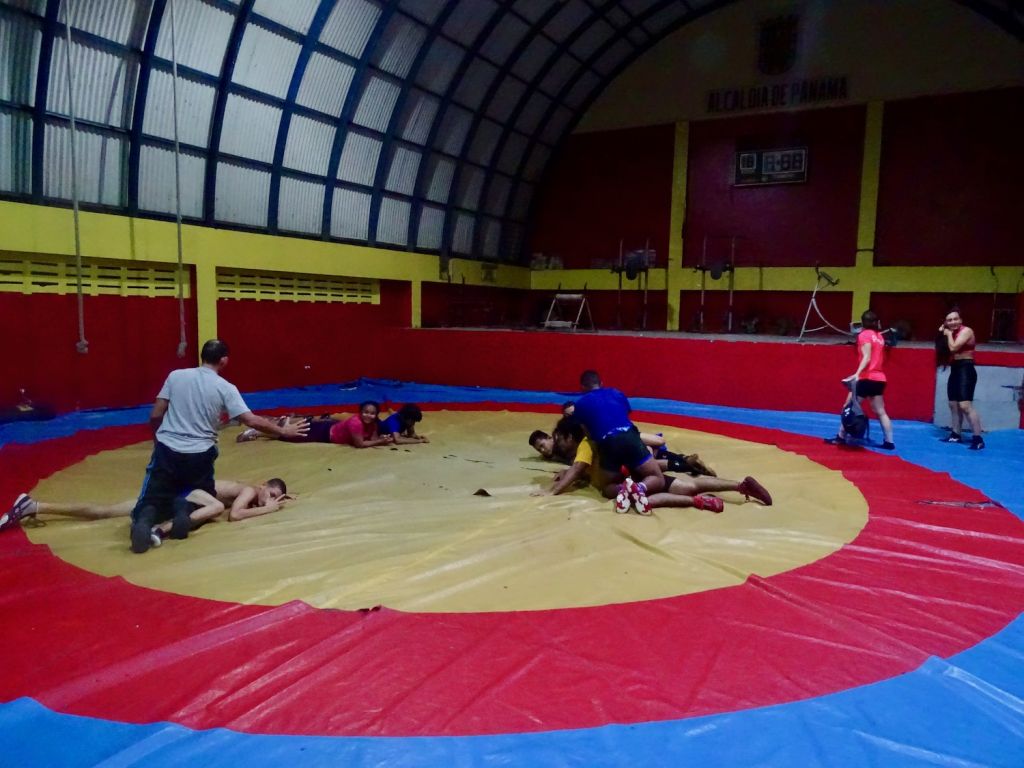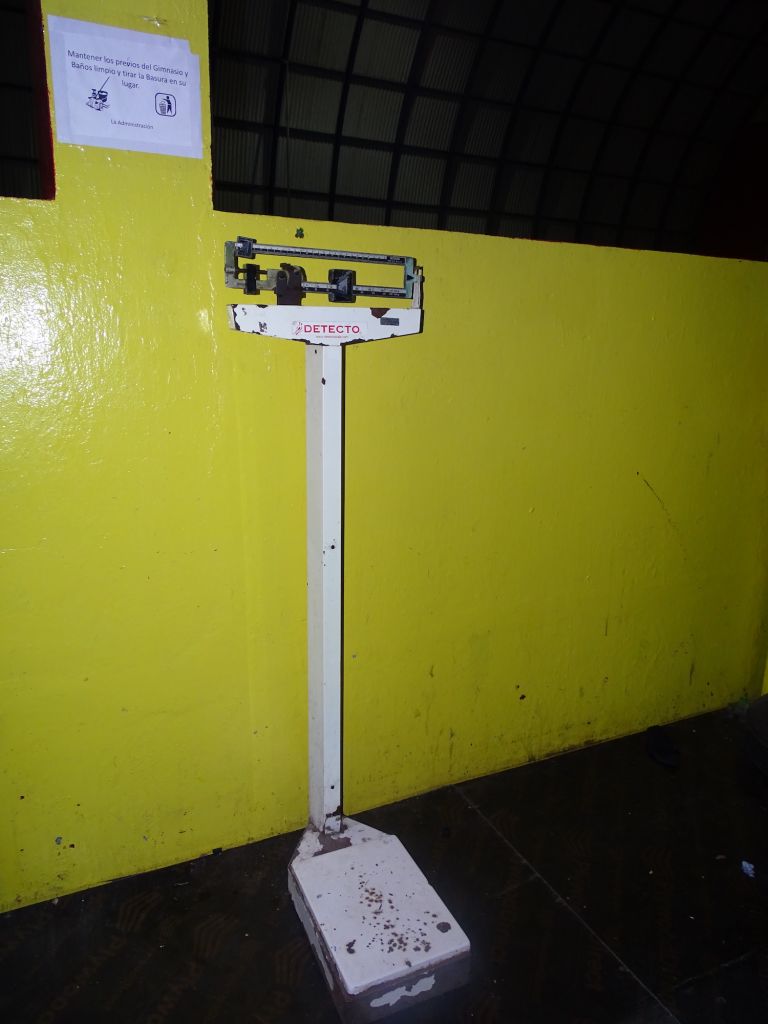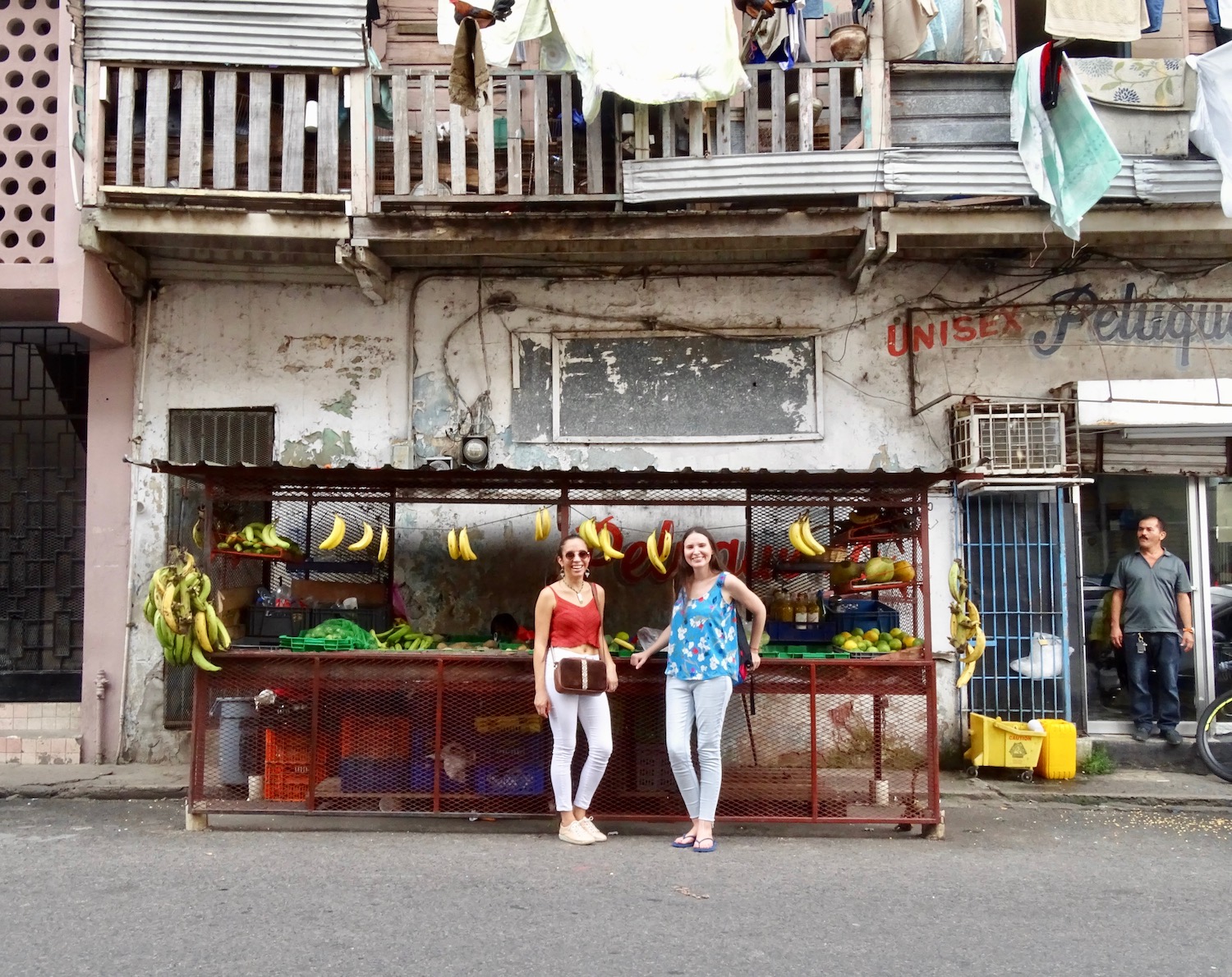Would you dare to tour the “most dangerous neighborhood in Panama”? This is the tour offered by Victor Perez, a Panamanian of Guna descent that takes tourists through El Chorrillo neighborhood. About ten years ago I had the first travel agency in Casco Viejo, called Panama Travel Group, and a group of young people visited me with the same idea. At that time it was much more dangerous and the police did not allow us to do the tour.


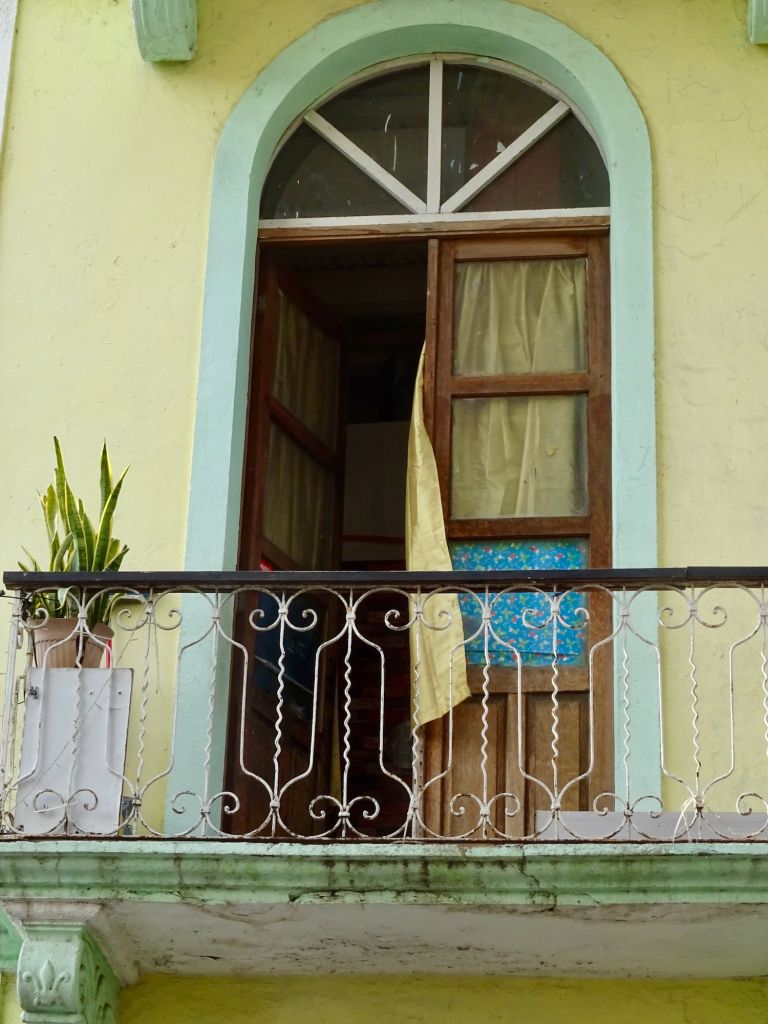

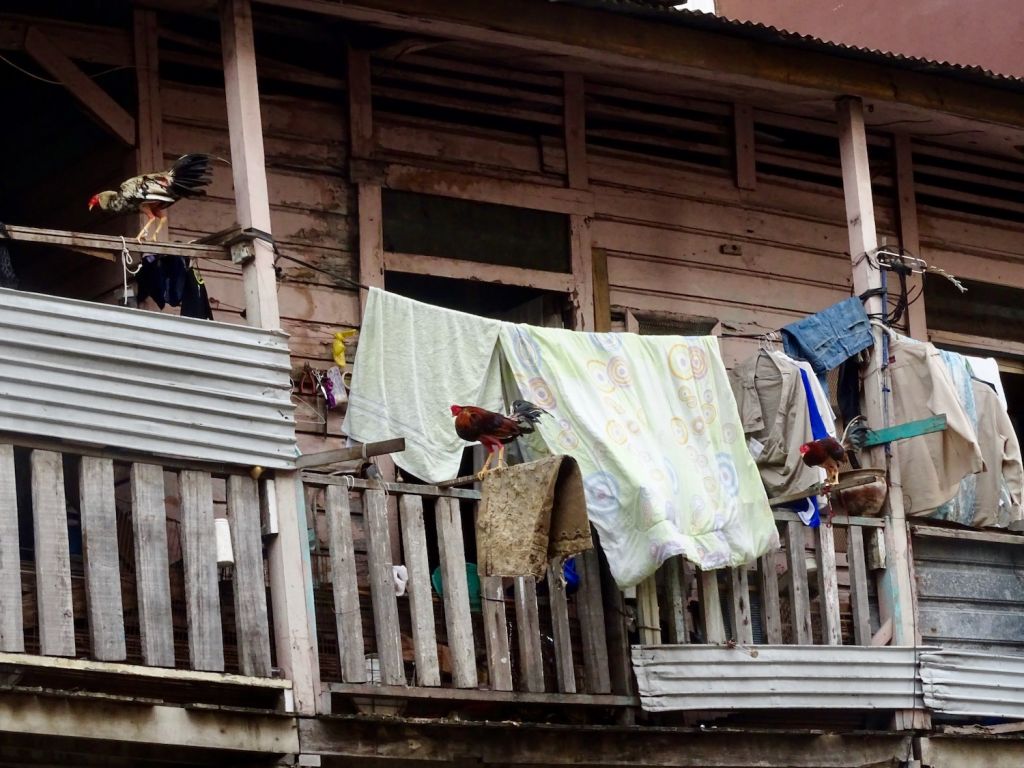

Years later I found Victor on Instagram with an account called Local in PTY. He tells me that the name represents what he is, a local boy from Panama. His mission is to create a memorable experiences between the traveler and the local. Victor worked as a doorman, operator and receptionist at several hotels. His last formal job was in the hotel American Trade in Casco Viejo.
Booking.comHe invited tourists to walk and noticed their curiosity to know what was beyond Casco Viejo. “Travelers are now looking for experiences, not tourist places they can visit on their own,” says Victor. Little by little he took them to Santa Ana and El Chorrillo, while creating relationships with the locals. People told him he was crazy, since El Chorrillo’s reputation was bad. What happens if they are robbed? But this has not happened, since the neighborhood is in transition and Victor wants to change people’s perspectives.




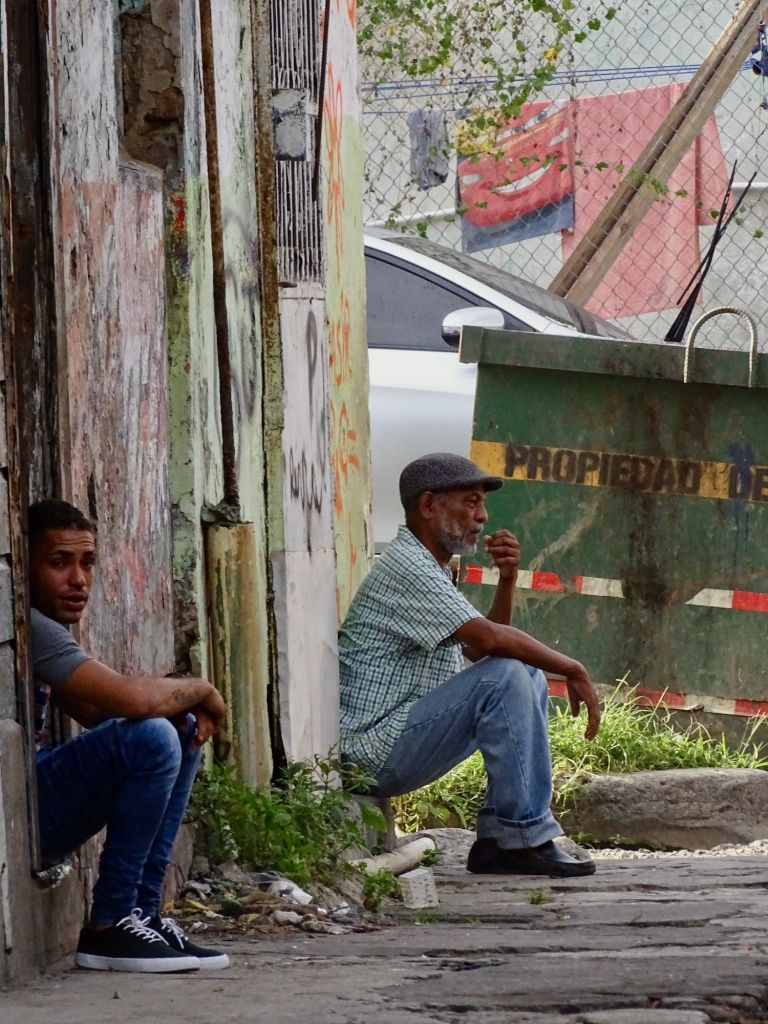


Tours in El Chorrillo and Santa Ana
We met in Plaza Herrera to start the tour. I invited Adriana, a friend from Bolivia, and like two tourists we went to visit the dangerous neighborhoods. We took the basic tour that is two hours walking through Santa Ana and El Chorrillo. The tour includes stops at Plaza Santa Ana (where the Santa Ana Church is located), Amador Cemetery, Plaza Amador, Parque de los Aburridos, ending at the boxing gym. Another longer option of four hours is available where you eat with the locals and have a beer or rum at Pedro Mandinga in Casco Viejo.
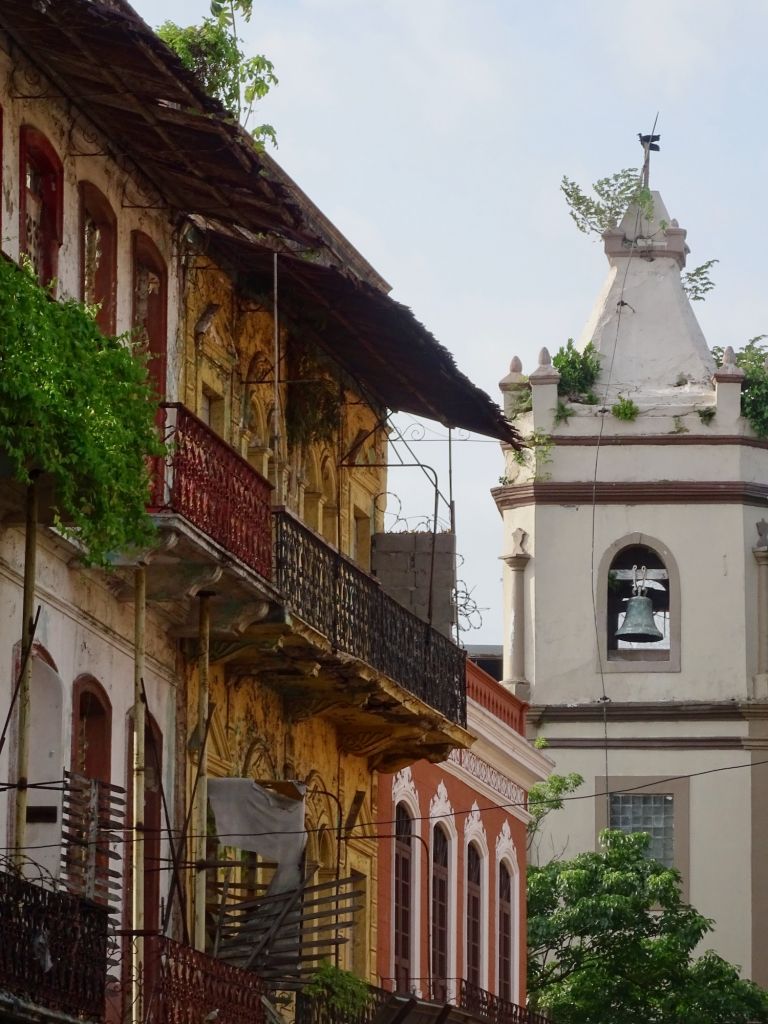

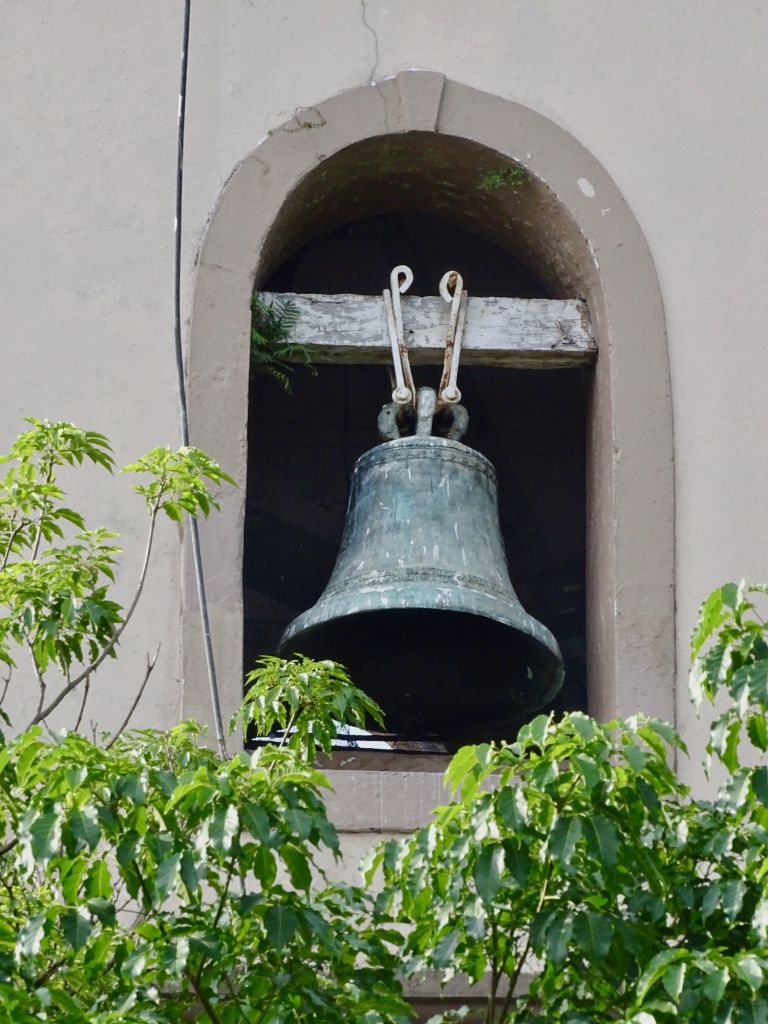
Those who want another type of experience can take a special tour at 10 a.m. that includes a cooking class. The cuisine of El Chorrillo is famous, especially on 27th Street where Cecilia Pescao is located. A family will teach you how to make local recipes such as coconut rice, tamale, sopa de pata, fried yucca, patacones, cod, etc.
Victor lives in Calidonia, very close, so he needs at least one hour of notice to conduct a tour. He recommends that it be in the afternoon and says that the best days are on weekends when there is more movement. If you go on a Wednesday or Sunday you will have a different experience, as you will volunteer with the Local in PTY Kids foundation.
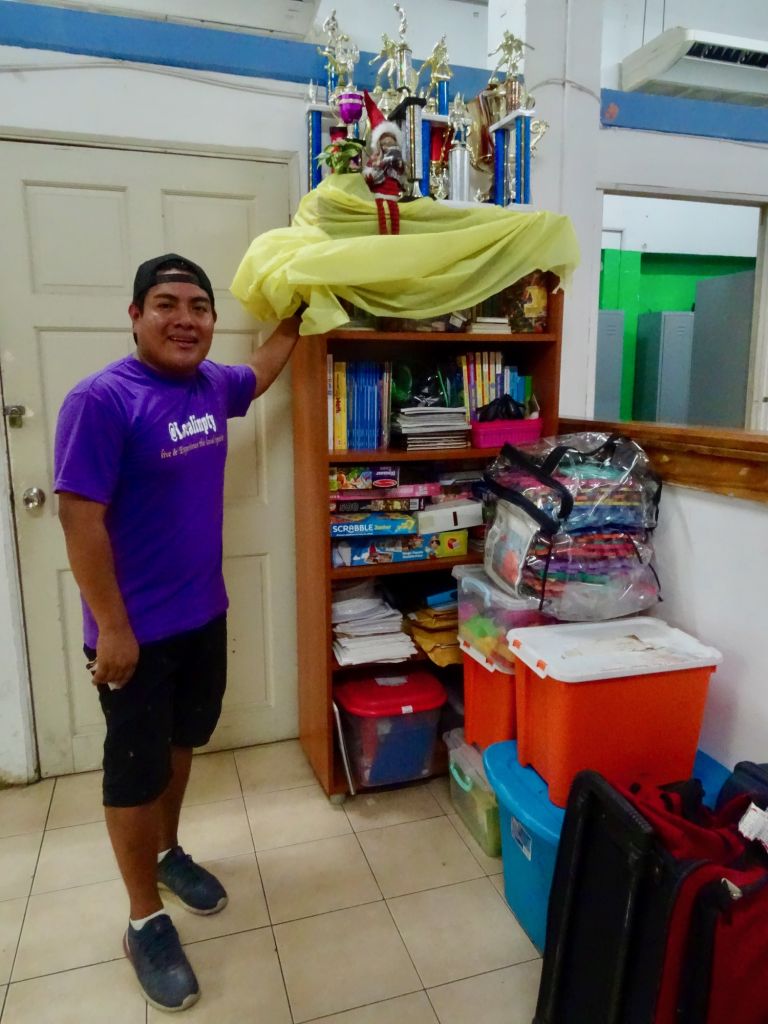



While walking through Santa Ana and El Chorrillo, Victor always saw the children followed him. He says that many do not have parents and that they need affection. The Santa Ana police gave him a space at the station to do art projects, English classes, among other activities. Part of his earnings from the tours support his foundation.

One of the things that you are going to notice is all the graffiti that has been done.

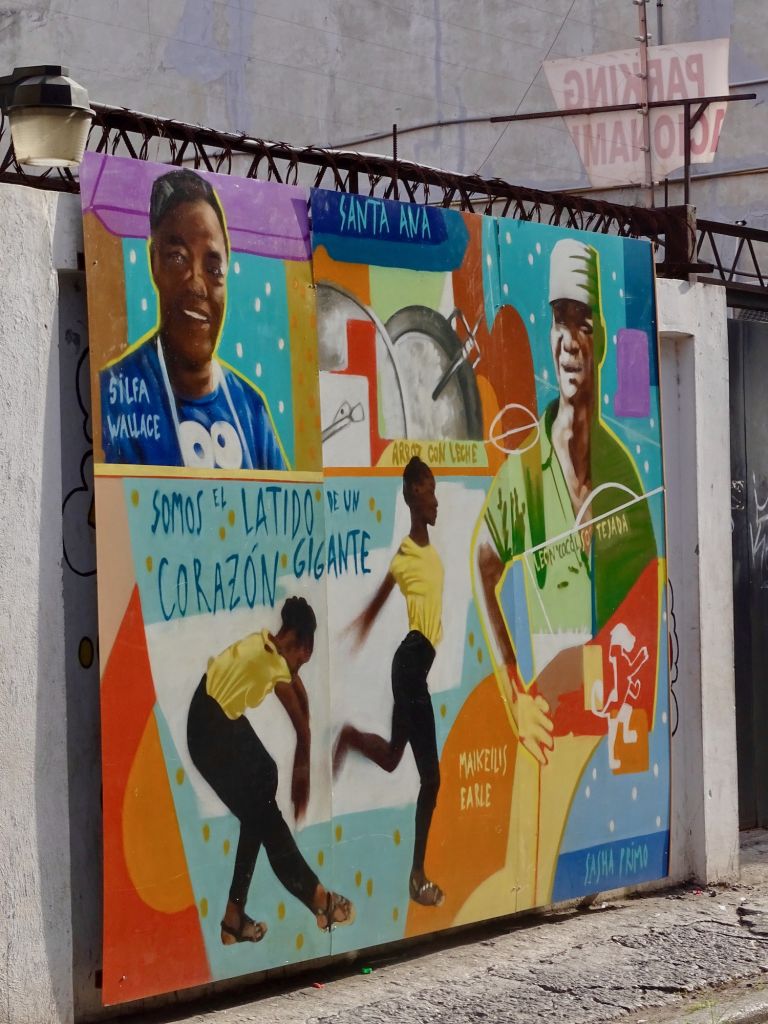
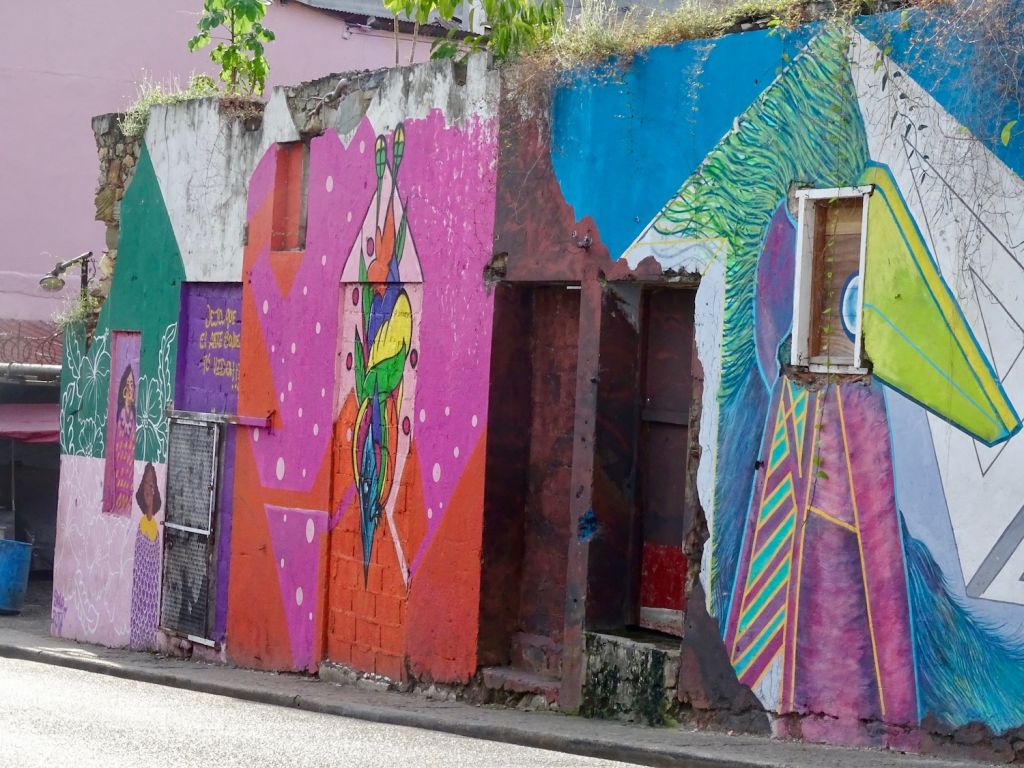

Many have faces of famous people who emerged from the area including Ruben Blades, Roberto “Mano de Piedra” Duran and Rommel Fernandez. Victor likes to tell the story of how these people overcame their reality.



Plaza Amador
One of the stops we made was Plaza Amador which is one of the oldest football clubs in Panama. Its name was given in honor of the first President of Panama, Dr. Manuel Amador Guerrero who is buried in a cemetery that also bears his name. There we met Irving Jovanny Jaen Chalmers who told us the history of the place. This 57-year-old character was a goalkeeper in his youth. He invited me to return on a Saturday to be able to live the true experience of the place, since in Plaza Amador they are “the fathers of salsa and the kings of football”.


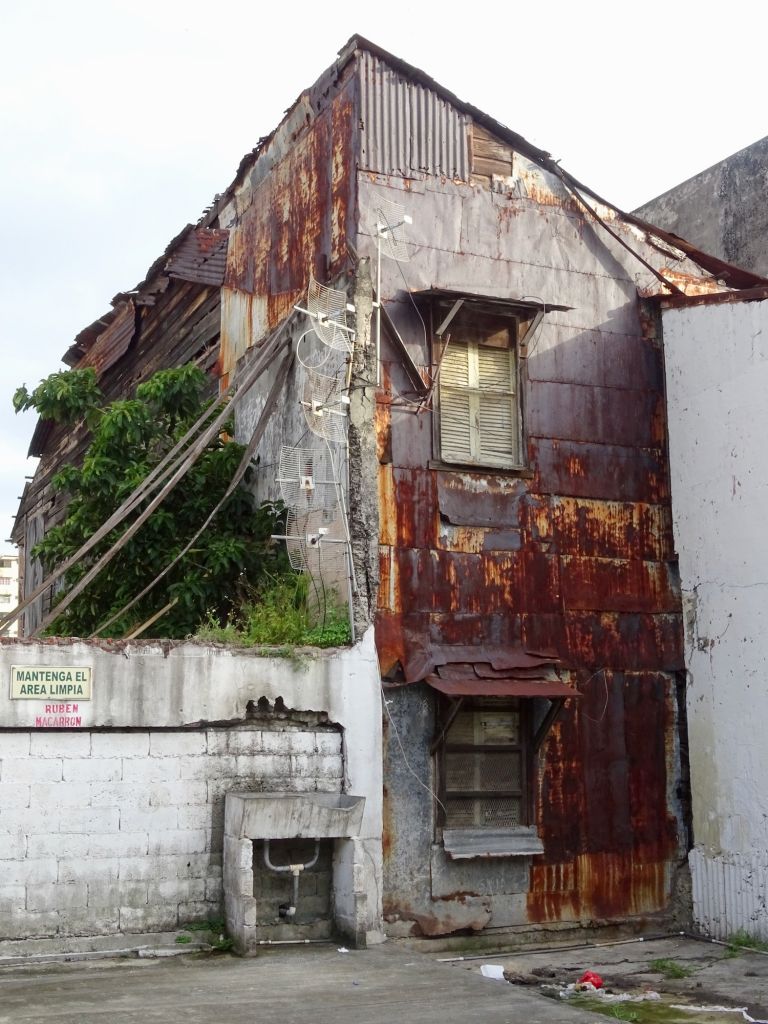
Plaza Amador was founded by León Cocoliso Tejada in 1955 to help the children of the neighborhood. Through football he educated them and gave them purpose in their lives. He lived in a building called ‘The Vatican’ that we also saw on the tour. The most famous player who left Plaza Amador was Rommel Fernandez, the first Panamanian to play in Europe. Rommel studied at the National Institute and then went on to play at the Spanish Sports Union Club of Panama. At 21 he was recruited to play in Tenerife, Spain and then went to the Valencia League. He died at 27 in a car accident. The anniversary of his death is celebrated on May 6 of each year.
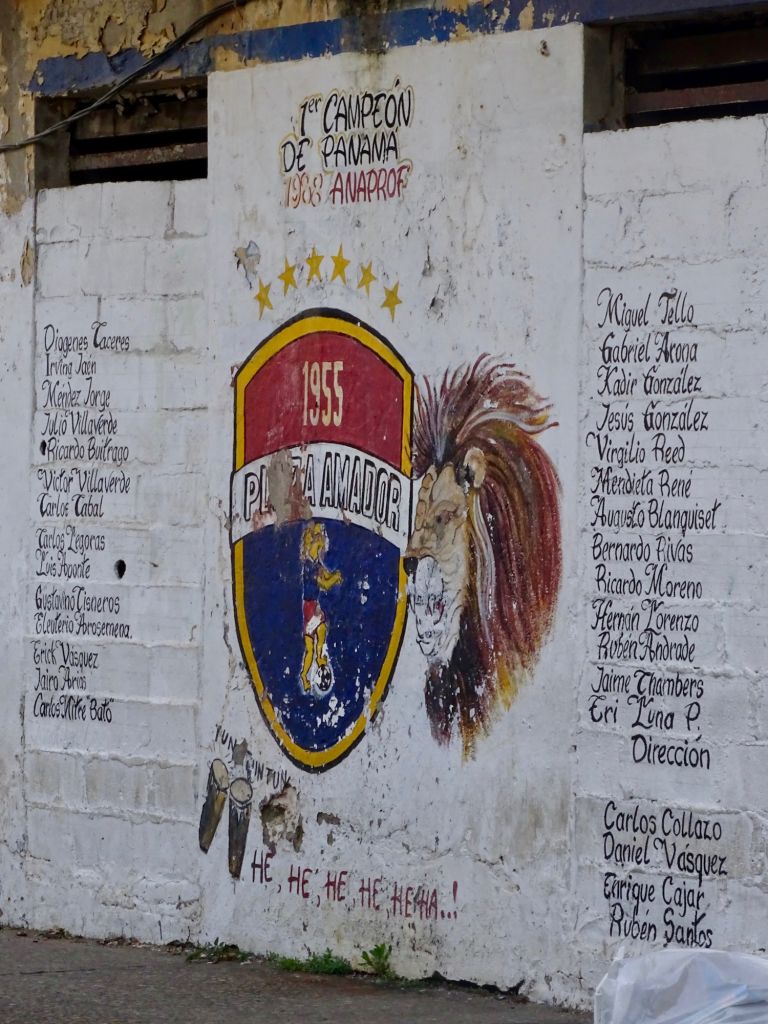

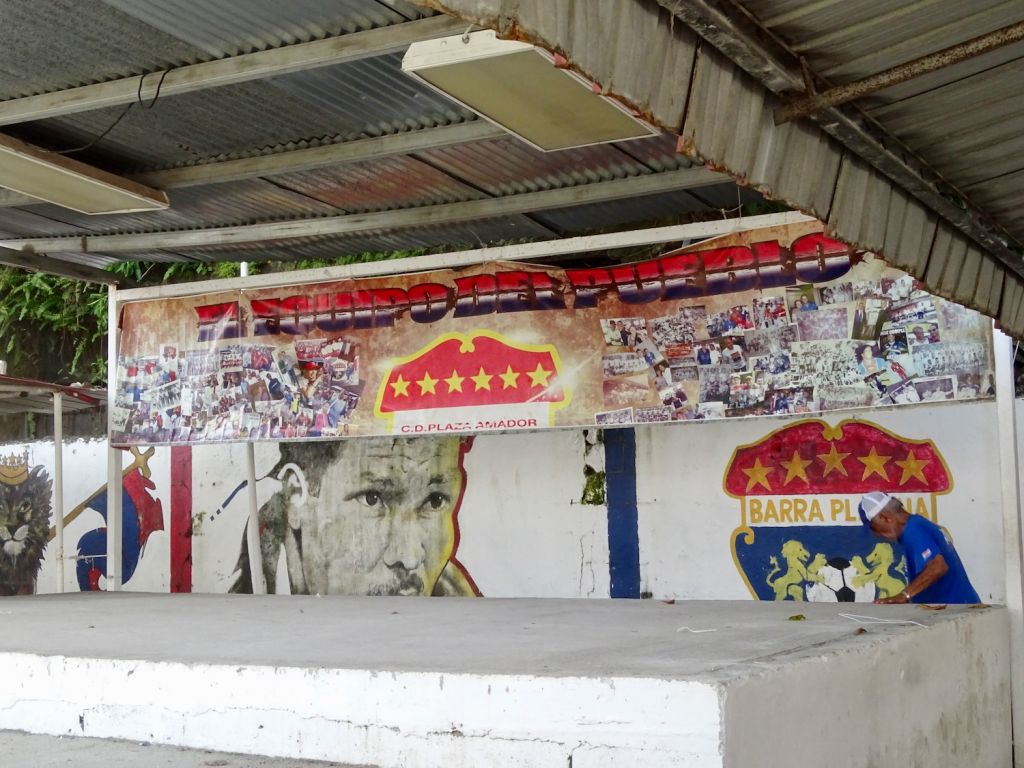
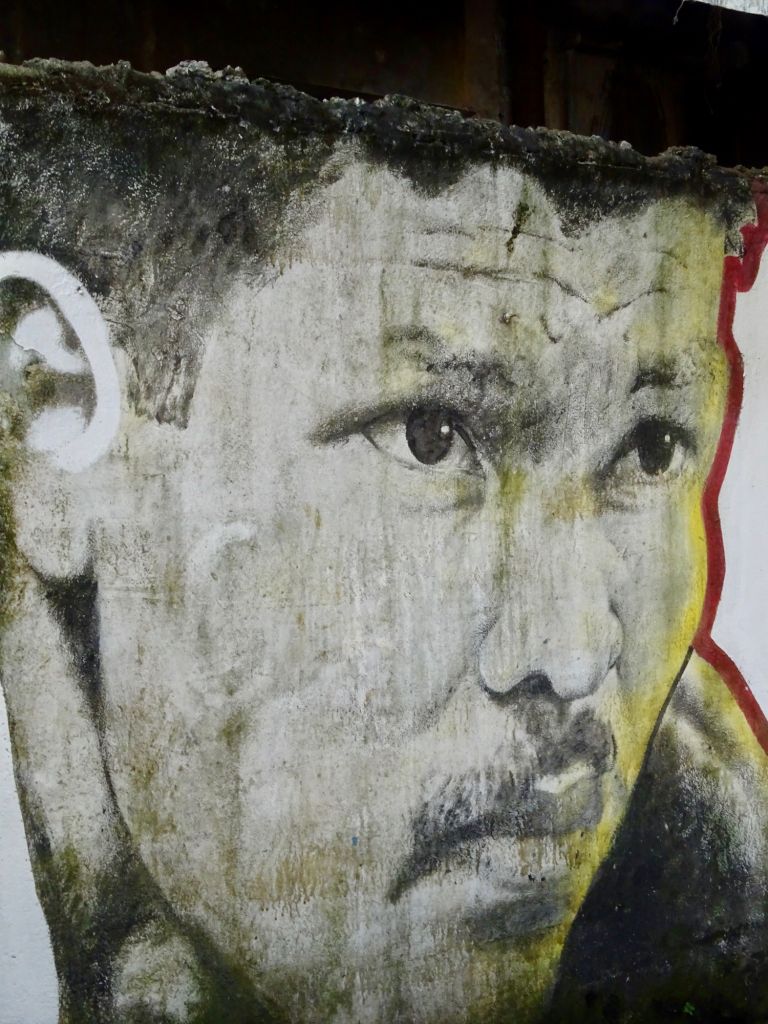
Mario the Magician of the Hats
Mario is not named Mario but Ubillus Wong, but he is called Mario because of his father and is the wizard of hats. His small shop is the only one in Panama that repairs hats. In Central America he says it’s just him and one more in Honduras. It is easy to recognize the place since it has a giant hat on the roof. Its location is diagonal to the Parque de los Aburridos and the Police of Santa Ana. He says that its business is “underground” since it is not a tourist place like Casco Viejo. People come to this place to fix hats of all kinds and from around the world, from Panama, Colombia, all the way to Australia. He has also been visited by the Gran Combo, Jimmy Carter, boxers, athletes, among others.
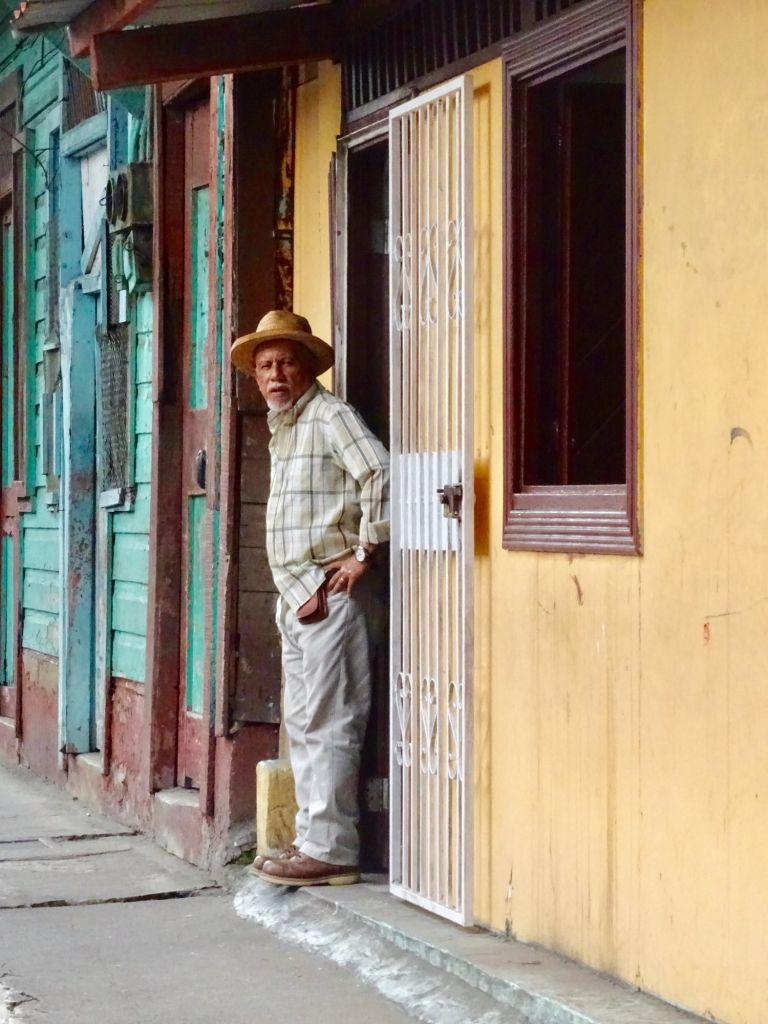


His grandfather came from Peru to Panama in 1910 and brought his tools that are 120 years old, almost national heirlooms. Mario is the third generation in the business but his son has no interest in continuing. Luckily he has a grandson who is interested. The Casa del Sombrero or Sombreria Mario, as the business is known, is a famous site. He has been featured in numerous publications locally and internationally. Airlines like United and Air France have selected it as one of the best attractions in all of Panama.
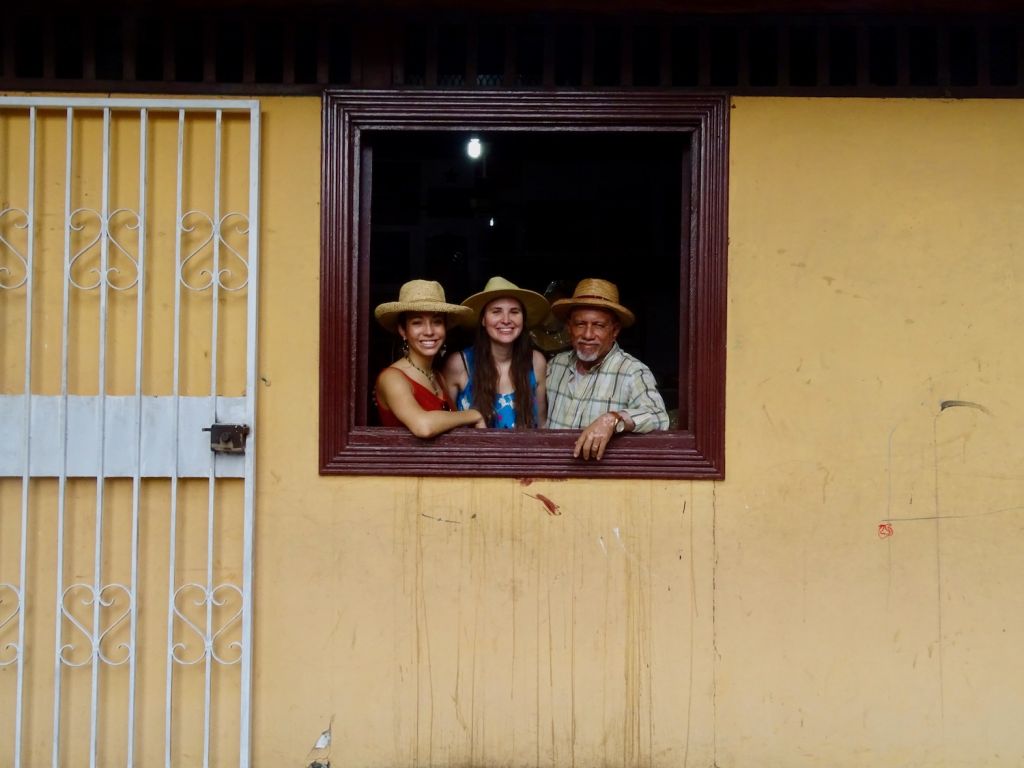
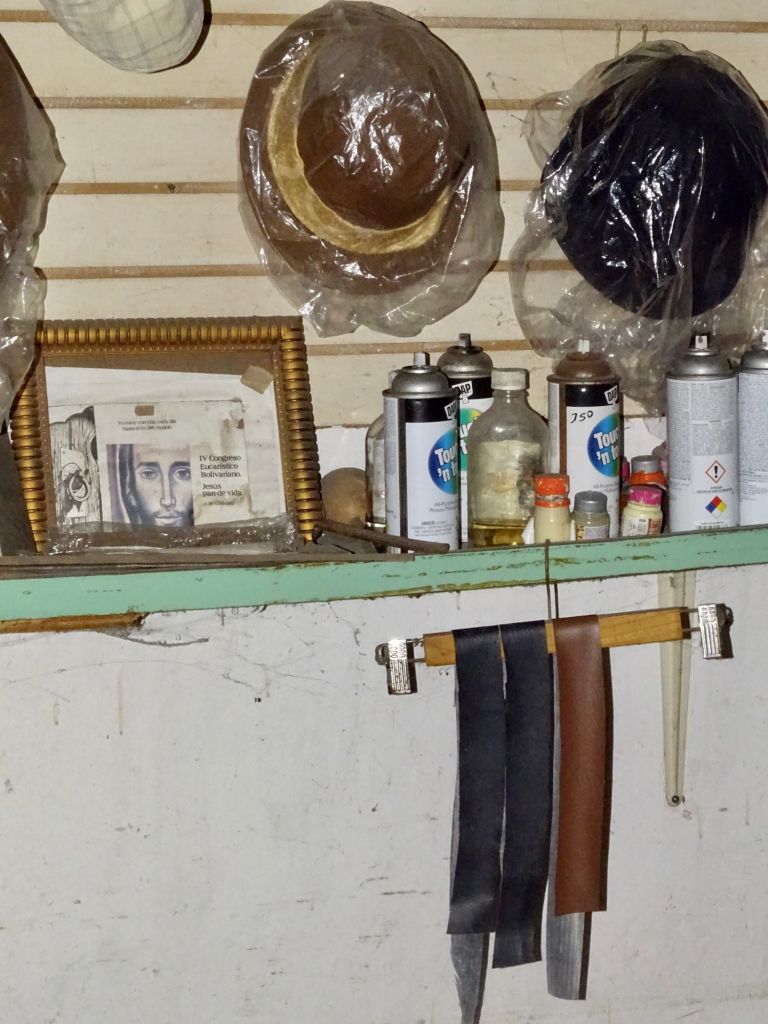

The Gangs and the Panama Invasion
After taking a picture with Mario, we crossed to the Parque de los Aburridos to see people playing dominoes.



We entered the police to see the work of Local in PTY Kids. On the wall was a map of the neighborhoods of Santa Ana, Casco Viejo and El Chorrillo divided into areas that are controlled by gangs. Santa Ana has the ‘Pentagono’ and ‘Ciudad De Dios’ is in Casco Viejo. While in El Chorrillo is ‘Vietnam’, ‘Iraq’, ‘Baghdad’ and ‘Chucky’.
In 1989, the US army invaded Panama to capture General Manuel Antonio Noriega. This operation was called Operation Just Cause but it was much more violent than it should have been. 26,000 elite soldiers arrived at the isthmus which only had 12,000 people in their Armed Forces. In the neighborhood of El Chorrillo was the Central Command or Headquarters of the Defense Forces and the offices of General Noriega. This place suffered the most since it received bombs as a Christmas gift. It is not known exactly how many people lost their lives, it is estimated that around 3,000. It is interesting to ask older people what their experience was that day.
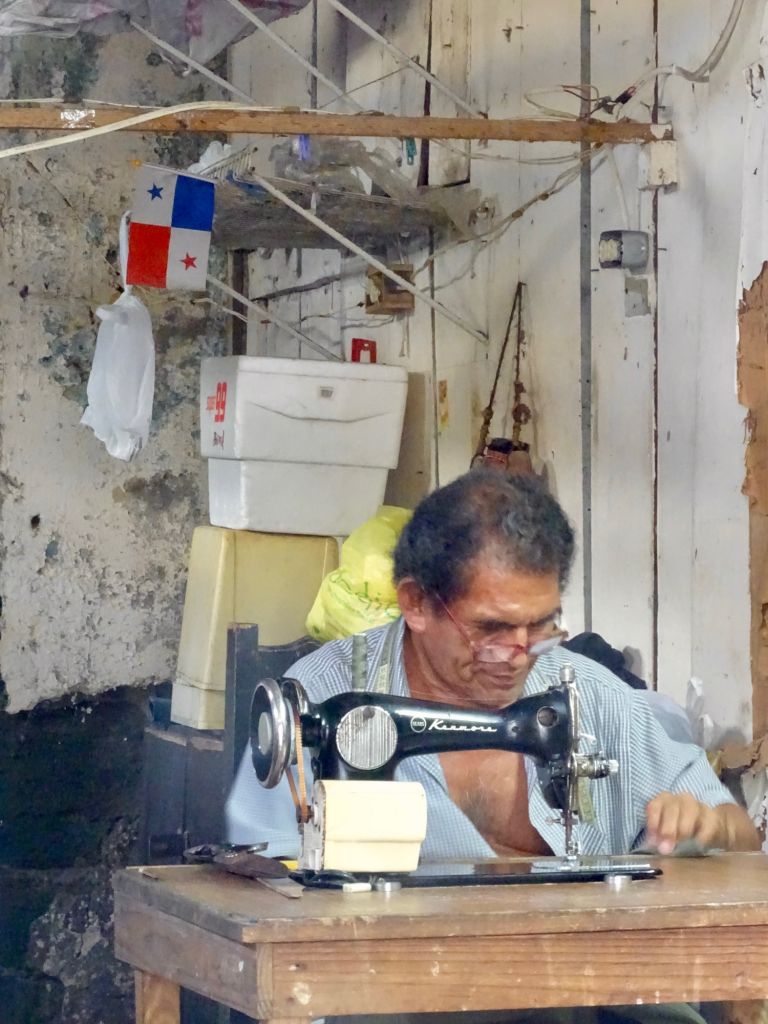
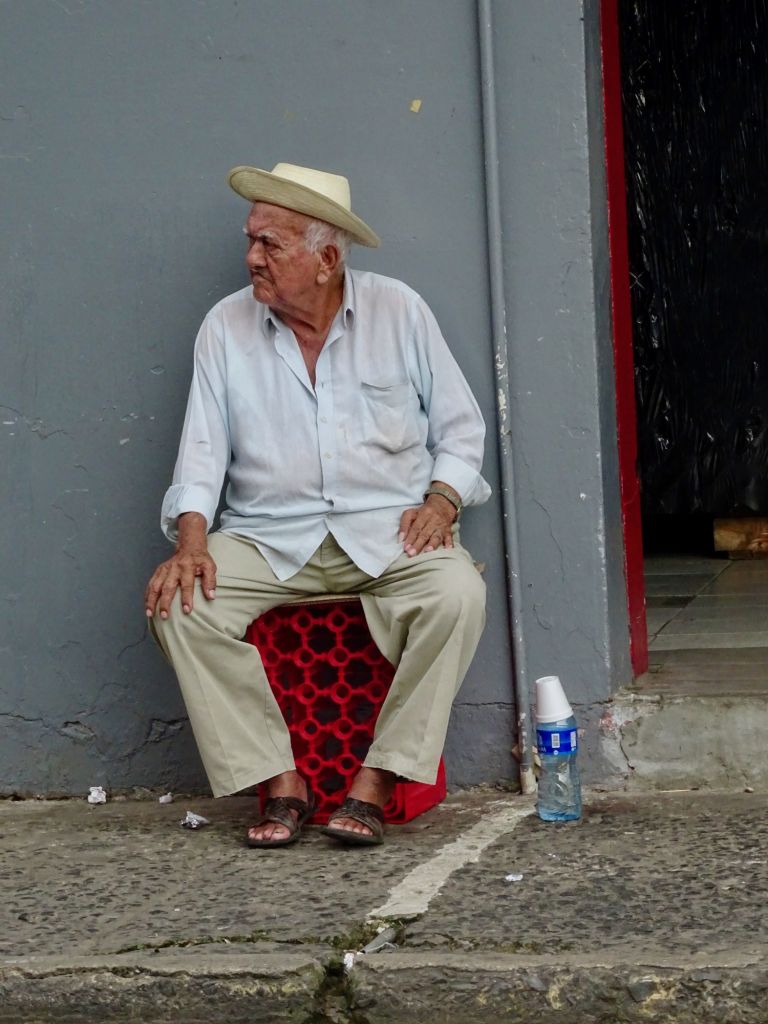
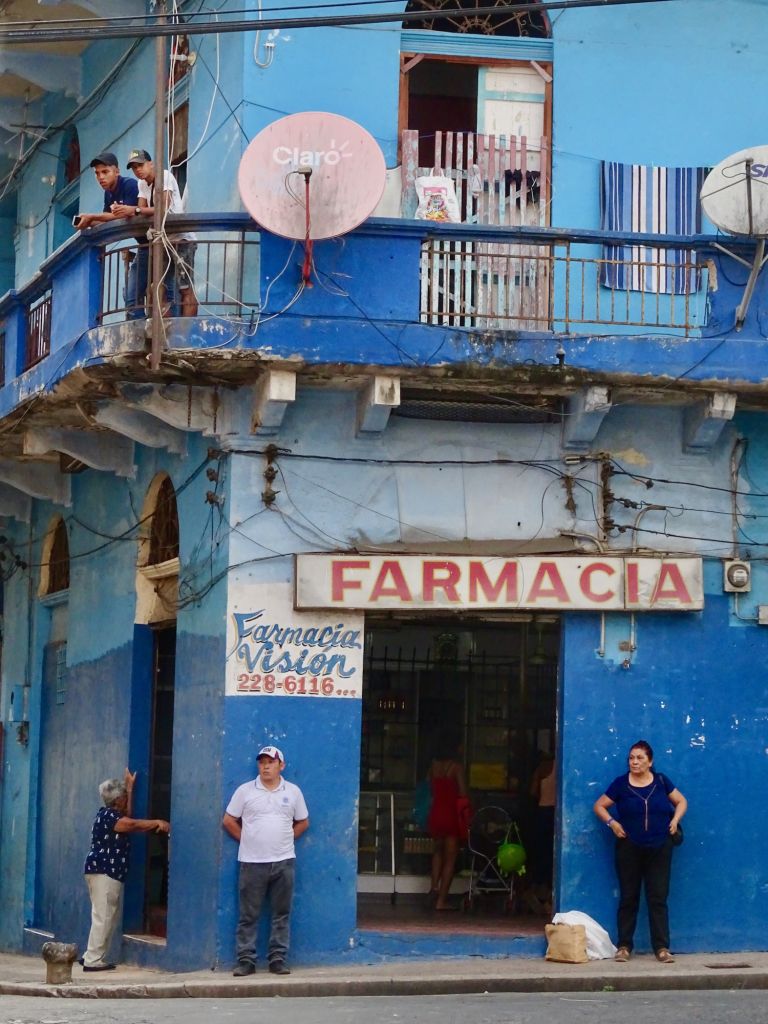
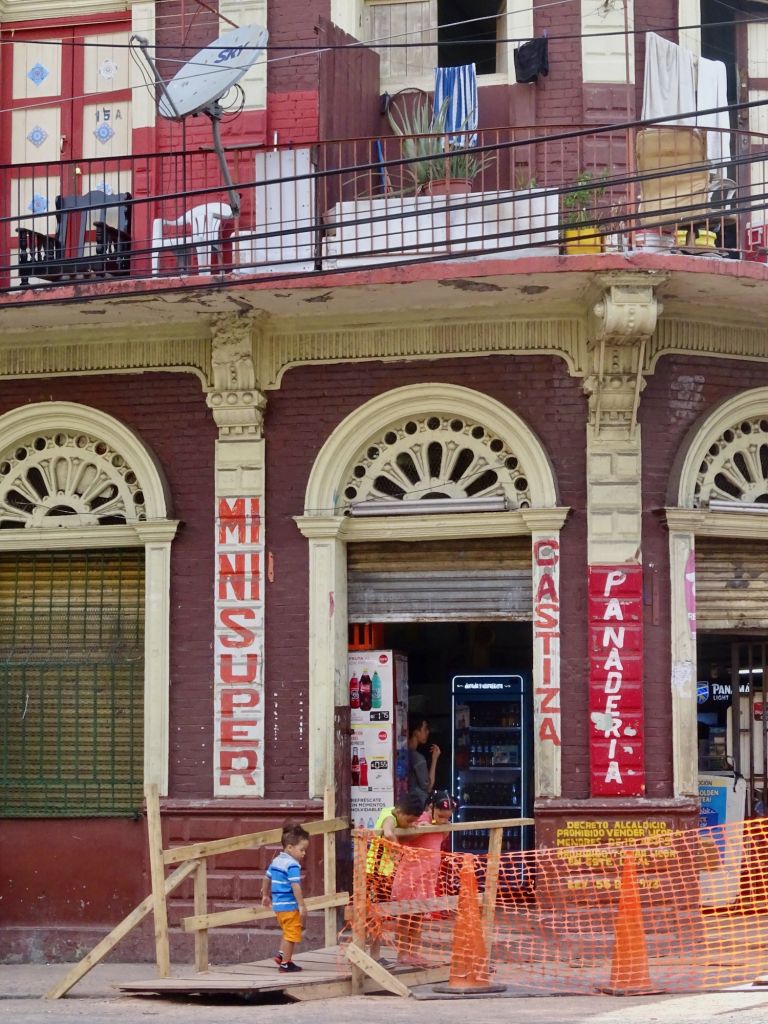
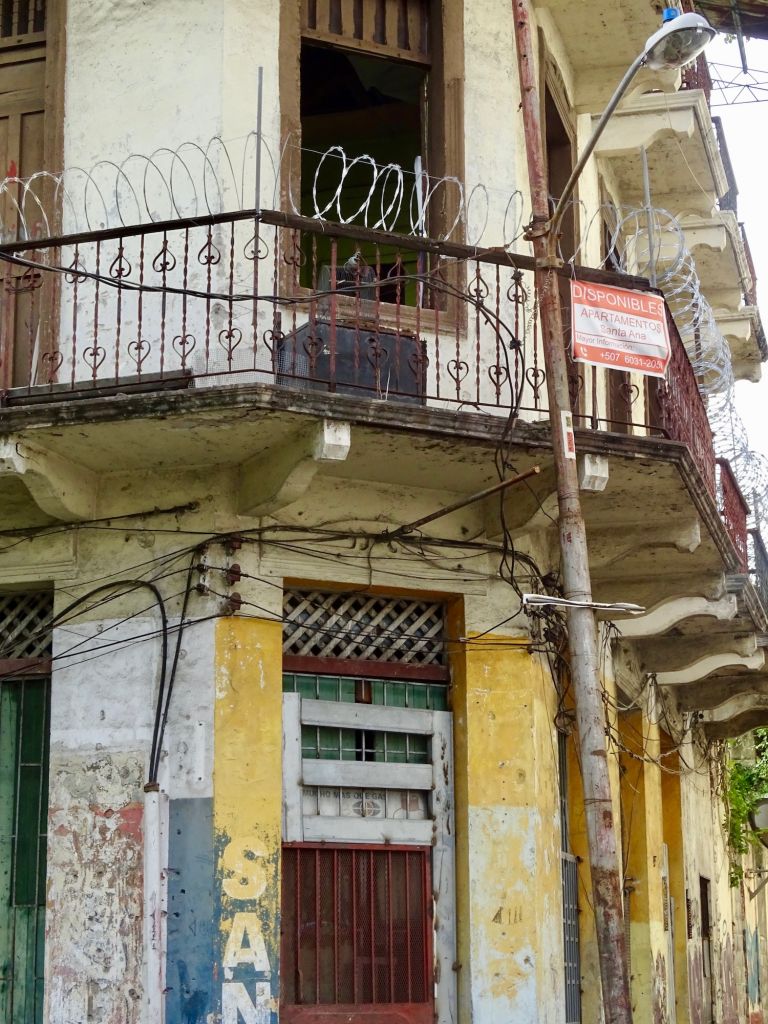
One of the charges facing Noriega was drug trafficking. He controlled the entire passage of drugs through Panama. After the invasion, El Chorrillo was destroyed. The United States gave its traditional “help” but the traumatized neighborhood that depended on the headquarters for subsistence was left without support. The drug business was no longer monopolized and the opportunity was seen. Besides, there were weapons everywhere. Bands began competing for territory. Young people entered to find a livelihood or protection but did not live for many years. Efforts to control this situation were poor since the police is related to the gangs. After 30 years the violence in El Chorrillo has diminished significantly and the gangs have been controlled, although not completely.


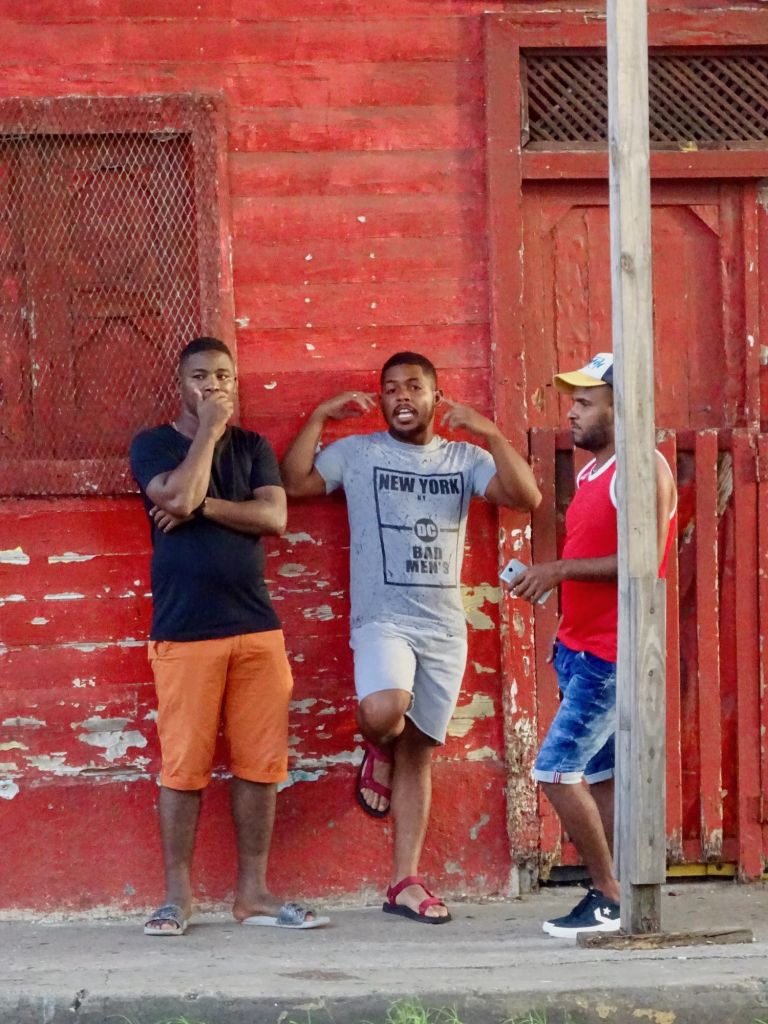
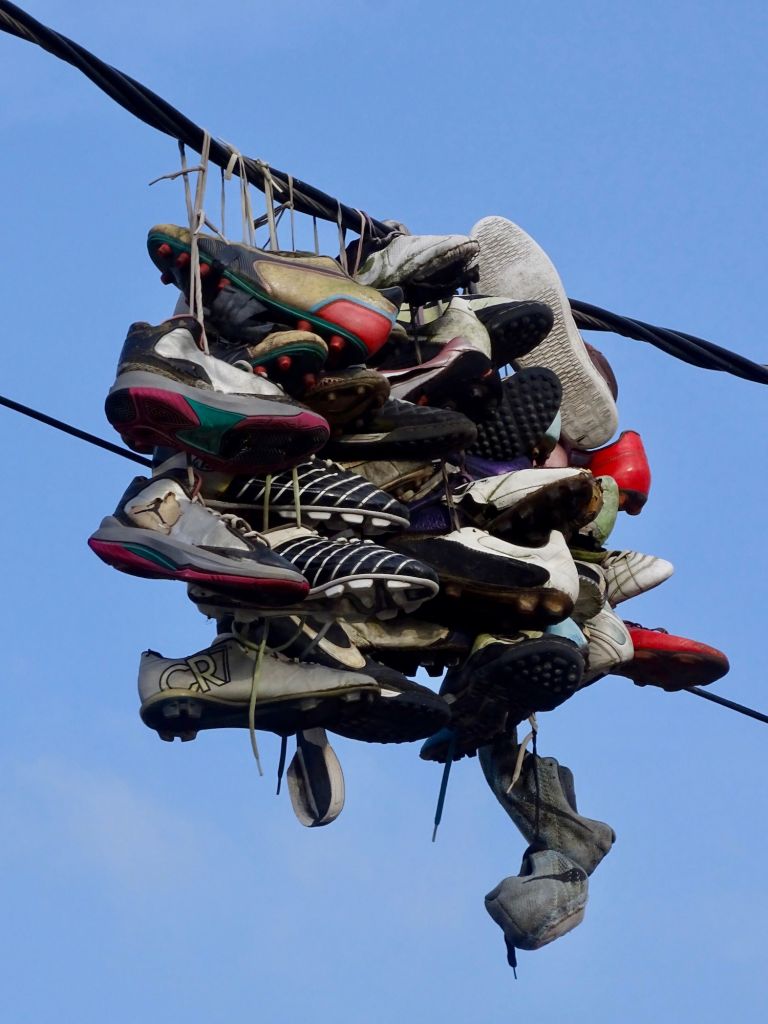
El Chorrillo
We continue walking to El Chorrillo where we reach the multi-family buildings. In the neighborhoods there are many people on the streets. Everyone thought we were tourists and greeted us in English. People were very friendly, everyone wanted to shake our hands. It was getting dark and we ended up meeting a group of gentlemen who were hanging out. We were invited to a beer, which ended up being two, and an hour later we were still there as old friends.

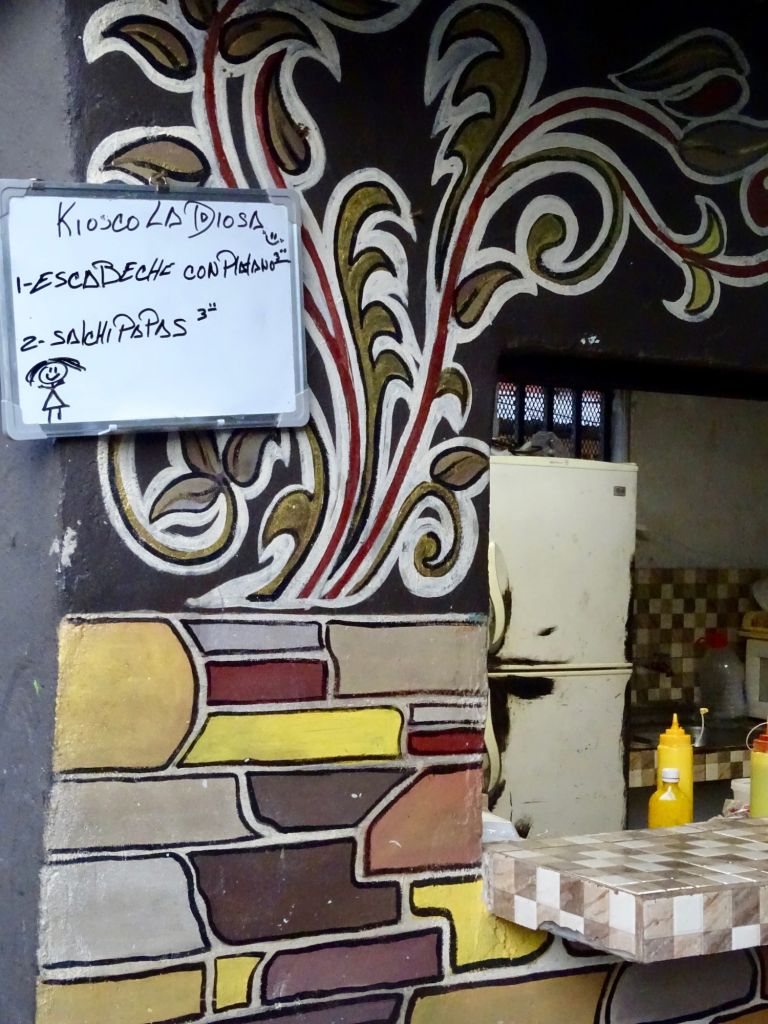


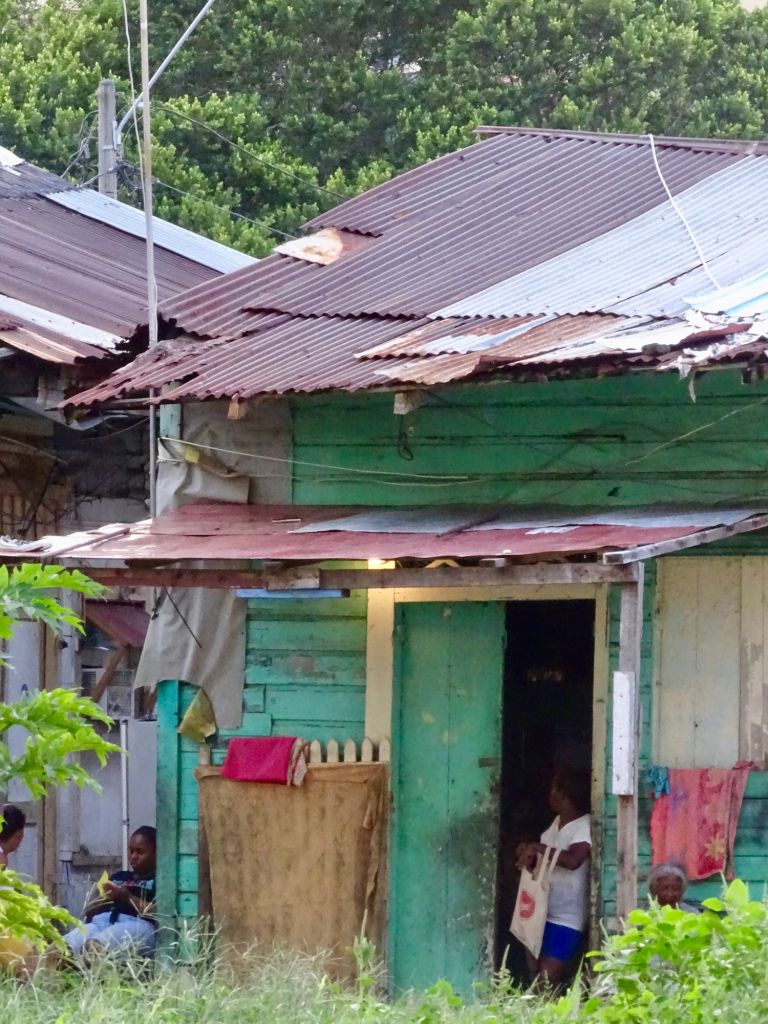
We had to say goodbye since we needed to go to one more stop before returning to Casco Viejo. The Jesus Master Gomez Gym is the birthplace of Panamanian boxing and continues to train future generations. Roberto “Mano de Piedra” Duran trained there and even did international fighting. A curious fact is that the weight that was used in the movie Hands of Stone is found there. We left the gym and continued walking through the Masonic Lodge of Panama to find the familiar streets of Casco Viejo. At this moment we said goodbye to Victor and agreed to return again one weekend to experience a neighborhood party.

